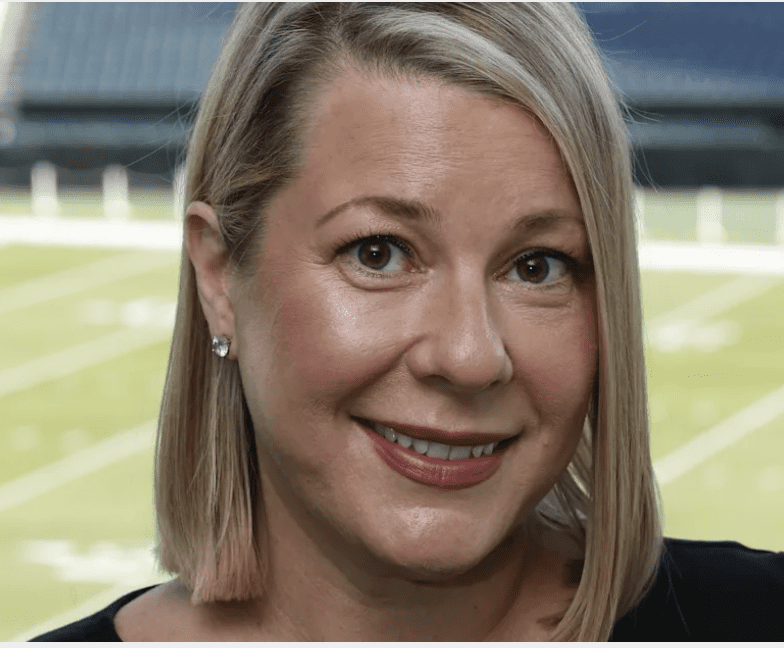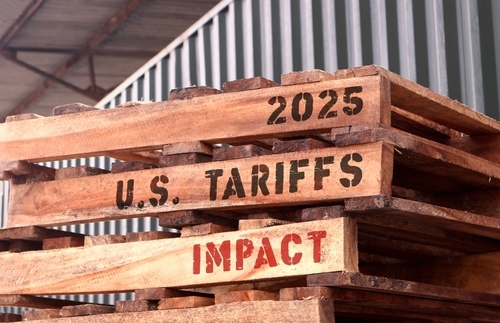I realize I’ve been doing a lot of advertising makeovers for big banks lately, but they seem to need a lot of help. If only they’d listened to your Maven and not wasted so much money on dumb ads, maybe they wouldn’t be in the financial mess they’re in today.
Just kidding, folks. But it’s no laughing matter. If it’s a sin to fritter away millions of dollars on management bonuses for poor performance, it’s just as bad to throw away millions on useless advertising.
HSBC’s full-page ad from a recent issue of The New York Times Magazine is a prime example.
On a field of dead black, we see the following headline:
Lar
Zhai
Gaff
Home?
A question in a foreign language, perhaps?
Then comes an uninviting block of copy in small white letters. Here’s what it says:
With International Services from HSBC Premier, you can find mortgage solutions for wherever you call home either here or abroad. Premier clients financing in the U.S. receive our best Jumbo ARM rates, pay no lender fees and have access to up to $5 million in financing. Options are also available for international borrowers with qualifying visas.
To find out more, speak with a Premier Relationship Manager today. Call 1 888-662-HSBC (4722), visit a local branch or go to HSBCPREMIERUSA.com.
So now we’re getting somewhere. Lar, zhai and gaff are all presumably the word for “home” in three different foreign languages. (Although it still took me a while to figure that out.)
But this headline still doesn’t offer a problem, a solution or a benefit. It’s one of those clever “We dare you to figure it out” headlines.
To paraphrase: “Lar? Zhai? Gaff? Home? Whatever you call it…”
Yes? Well, what about it?
Before we go any further, we need to picture and theoretically quantify the actual prospects we’re addressing.
The copy provides two clues. The prospect is (a) someone who lives (here or) abroad, or (b) a U.S. resident who’s prosperous enough to be interested in and qualify for “our best Jumbo ARM (adjustable rate mortgage) rates” and has “access to up to $5 million in financing.”
Let’s round off the total readership of the Sunday Times to 1 million people, and picture them all sitting around in a giant tent reading their papers.
They have a big job on their hands. Even devoting several hours to it requires reading, skimming and skipping. Naturally they give the most time to ads and editorial of the greatest personal interest to them. And only a small percentage are in the market for Premier banking services.
It’s true the Sunday Times has a good deal of advertising that’s aimed at pretty wealthy people — Americans and other nationalities living here, abroad or both. Let’s take a wild guess and say they’re one out of every 100 readers, 10,000 altogether, who own at least one domicile (or live in an expensive rental).
But out of these 10,000 let’s say only a fourth (2,500) are actual prospects for a high-end mortgage. The rest are either satisfied with the home and mortgage they already have or they’re not desirable Premier banking customers.
Of these 2,500 prospects, maybe one out of 10 (or 250) turns past and glances at every page of The New York Times Magazine, including this full-page ad.
But many of the 250 prospect/readers passing by don’t realize right away that HSBC’s ad is talking about offering home mortgages up to $5 million and other premium banking services to well-to-do people like themselves. And let’s assume the curiosity-provoking headline makes only one in 25 stop to figure out and read the ad.
But we’re not done yet. Out of those 25, maybe only half would be sufficiently motivated to take the trouble to call or log on.
Now we’re talking about 12 or 13 people. And then the relationship manager or the Web site converts perhaps half of those five or six people to live prospects — and only two or three of them eventually become customers.
A total of two or three new customers out of a million readers? Huh? Now that’s a worst-case scenario; surely the actual results are better than that. But you can see the gamble involved in running such obscure “creative” advertising.
I hope nobody in HSBC marketing reads this; if they do they’ll undoubtedly heap scorn and ridicule on my wildly inaccurate numerical conjectures. I make these guesses only to illustrate the importance of stopping, buttonholing and converting prospects, not merely attracting curiosity-motivated general readers.
(This ad ran on two successive Sundays, suggesting it might’ve been more successful on previous exposures than I’m giving it credit for. Or maybe somebody up there in the boardroom simply loves it.)
Something of more interest to direct marketers is the importance and value of deliberate ambiguity — intentionally appealing to two target audiences and selling two different benefits or products.
A wonderful example of this is the long-running Bose headphones ad headed “Use them as a concert hall — or a sanctuary.” It addresses two overlapping prospect groups: music lovers and/or silence lovers. And it promotes two benefits: glorious music and/or glorious silence.
I wanted my makeover to grab the attention of two different prospects and promote two different bank appeals: high-end mortgages and/or international premium bank services for U.S. and/or foreign citizens.
I felt it would be a little vulgar for my makeover to call out to readers, “Hey, fella! You rich enough for us?”
Instead, my makeover calls out to targeted prospects with photos of expensive homes these folks already may own or want to own and can identify with.
Then the headline spells out the visual message by stating what the original headline was trying to say: “Wherever in the World You Choose to Call Home,” followed by a subhead which completes the thought and builds a bridge to the copy that follows: “HSBC Premier offers the worldwide banking services you need.”
I was especially pleased to add the words “choose to.” If the ad merely said, “Wherever in the World You Call Home,” that simply would mean a luxurious home somewhere in the world. But the addition of “choose to” makes the headline straddle two prospect groups: Americans with the financial freedom to live anywhere in the United States or the world, and foreigners with the monetary means to change their minds and live luxuriously somewhere else in the world. (Or maybe live in more than one place, as many of the rich do.)
And the reference in the subhead to “the worldwide banking services you need” again straddles two different bank products — high-end mortgages and premium worldwide banking services of all kinds. Then my copy sells both.
Would this approach yield 10 times as many new customers — or more? Applied to the entire ad campaign, it might add up to a lot of new business for HSBC.
THOMAS L. COLLINS (thomas.l.collins@verizon.net) has been a direct marketing copywriter, ad maker, agency creative director and co-author of four books on marketing. He is currently an independent creative and marketing consultant based in Portland, OR.
Find more Makeover Maven columns at http://directmag.com/opinions-columnists/makeovermaven/.
 Network
Network

